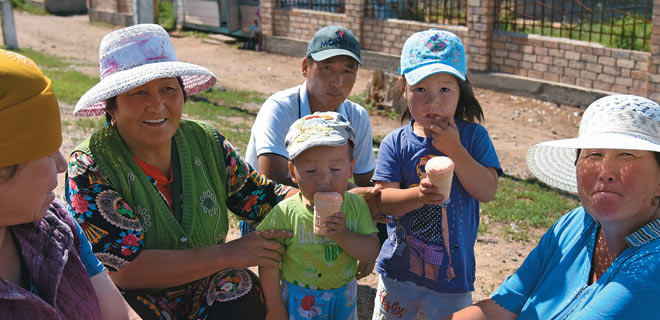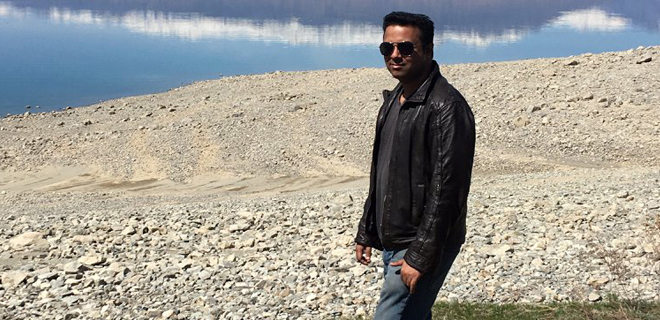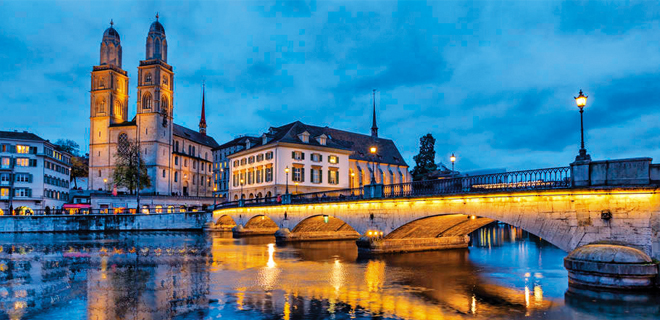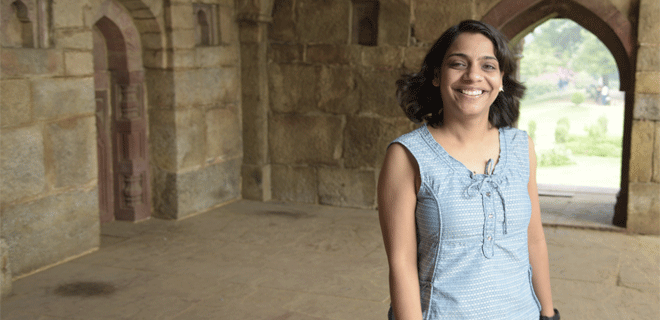Tryst with the Eagle Hunter
Kyrgyzstan, the resource-rich jewel of central Asia, shares politcial, economic and cultural interests with India

The first impression after landing at the Bishkek airport was that of having been teleported into the unhurried past before our ‘liberalisation’. The relaxed airport and its smiling immigration officers were reminiscent of the Palam airport of the ‘80s. With Anar Begh, our guide who is an English professor at the local university (travel guiding being a source of additional income) navigating through the country was a delight despite the language barrier.
The roads leading up to Bishkek, the capital of Kyrgyzstan—a young country born after the dissolution of the USSR—were unblemished and the traffic was well-behaved and controlled by ever watchful police cars. Poplars overshadowed by snow-peaked mountains reminded us of the Kashmir valley. The air, for a June morning, was bracingly cool and the wafting clouds were nearer.
Curiously, the stores at the fuel stations were called ‘Dukan’—alluding to the origins of the term widely used in India referring to a shop. Obviously, this, and other similar words, must have traveled with adventurers like Babur during the middle ages when the ‘golden sparrow’ drew treasure seekers out of this Central-Asian alcove to the vast and rich plains of the Indian subcontinent.
Bishkek turned out to be a western and modern looking city with wide, tree-lined avenues, grand buildings made in the Soviet era style, and a city-centre replete with celebratory monuments, fountains, kiosks of Maroshnoe (ice cream), flower-decked gardens and promenades where couples walked hand-in-hand and children played. Even Lenin could be found in the remarkable city sculptures or amongst the artworks at the ‘Art Souk’ in the city centre. There were many well-maintained vehicles of the Soviet era on the roads that accentuated the feeling of being time machined backwards. Women and men elegantly flaunted modern western fashion (we had imagined a more traditional spectacle in a conservative Muslim society).
There were fruit stalls at every intersection where delicious-looking, heaps of fruits were being sold—this being the summer fruit season. Equally popular were the Turkish bakeries at such intersections. Together with the thin and cool mountain air, the city filled us with fun, festivity and celebration.
Thus, after a quick 2.5 hours Air Manas flight from New Delhi, we were transported to a place famous both as the Switzerland of the Central Asia as well as a key cultural hotspot on ancient Silk Road connecting China and Europe.
Unlike most visitors who end up limiting their adventures to the excesses of the famous nightlife of the capital where the endless array of clubs and discos hold the pleasure seekers, we were eager to explore the natural beauty and culture. Thus, our tour included visits to nomadic regions in the nearby mountains and the famous Issyk Kul Lake—the second largest high altitude mountain lake in the world.
After a day’s visit to the city attractions we left early next morning towards Tok Mok, an earstwhile Soviet military and industrial town at the foot of the mountains where we first visited the famous Burana Tower. Anar described the relevance of the tower as a celebratory monument erected at the congregation site of ancient nomadic and trading routes. The spiral central staircase and the square terracotta bricks of the tower were of particular interest to me, as were the all too familiar disfiguring graffiti by young visitors—only here it was in Cyrillic script. Once again the ancient connection between our cultures was evident.
Once we left the ghost industrial suburbs of Tok Mok climbing the mountains and following the streams of crystal-clear water, the air turned cooler. The road disappeared and now became a gravel trail and the only occasional human we saw was either mounted on a horse or on a ‘Gaz’–the sturdy Russian 4x4. We sought directions from a family of nomads coming downhill packed tightly in a black 2-door sports BMW 3 series. By early evening we reached our destination for the day—the Shamshy National Park—one of the famous and the most beautiful gorges in the Kyrgyz Range. We were at the altitude of 3570 metres. We were told that horse trips pass through this gorge enroute over Shamshy Pass in the direction of the highest alpine lake Son-Kul. The slopes were covered with fir forests, dog rose and barberry bushes. We checked-into Yurt Inn, where we enjoyed local cuisine made by the owner’s family and the famous invigorating Russian ‘baina’, i.e., steam bath.
The next day was spent horse riding through the mountains. The famous Kyrgyz horses stood to their test as reliable and capable mountain transports. The drive down from Shamshy was smooth and easy since we were headed towards the huge pearl of Issyk Kul Lake. By noon we checked into the luxurious and large tourist village of Raduga (Rainbow) resort at the shore of Issyk Kul owned and run by a Russian hotel company.
The shallow waters of the lake were perfect for an invigorating early morning swim, after which we headed out to find the Eagle Hunters. Nestled at a height of 1775 meters above sea level in the Issyk Ata valley, cutting into the Kyrgyz Range where the slopes of the mountains have numerous alpine meadows, the waters of Issyk Kul have attracted visitors for many centuries and is also a place of pilgrimage. The surrounding mountains hold nomadic settlements where mountain eagles are still reared and one can encounter an Eagle Hunter (one who hunts with his eagle) in his natural setting. We, luckily, met our eagle hunter.
Our lunch was splendid with freshly caught trout barbecued on a charcoal grill presented in the traditional Yurt (nomadic tent), also enjoyed the maroshnoe (ice cream), we bought some wildflower honey and homemade fresh blackberry wine and had a great day in the mountains.
The two remaining days were spent leisurely enjoying the fine weather, cruising on the Issyk Kul, visiting the newly created nomadic museum that displayed the Kyrgyz culture and art in very innovative ways. We found the locals (both Kyrgyz and Russian) very curious and respectful to us Indians—it is perhaps their fondness for Bollywood films—and we held interesting conversations with them. On our last day in Kyrgyzstan we explored the souks in Bishkek, explored some Turkish food and shopped for souvenirs in the ‘Tsum’—the soviet era mall, now an interesting flea-market.
Kyrgyzstan surprised us with its natural beauty, top-class amenities, respect for Indian culture and, above all, the general rootedness and yet modernistic ambition of this young country. With its rugged beauty and general infrastructure, with plush hotels and resorts, and the almost 100 per cent literate population, Kyrgyzstan provided my family a memorable holiday.









